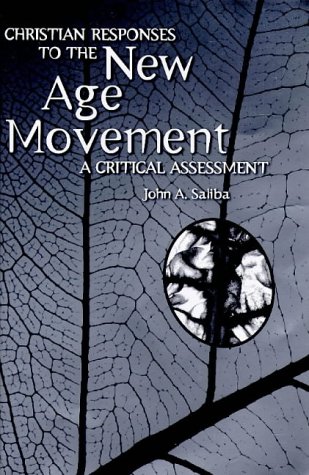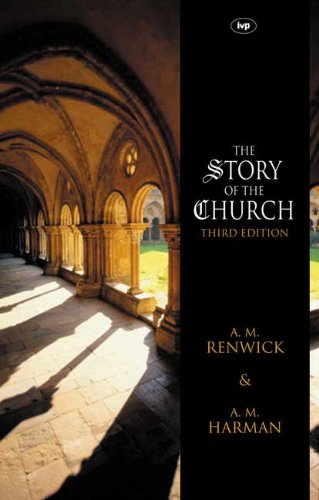From Exegesis to Exposition: A Practical Guide to Using Biblical Hebrew
Written by Robert B. Chisholm, Jr. Reviewed By Richard S. HessChisholm makes a distinctive contribution not found in any other single volume. He takes the student who has mastered some of the basics of Hebrew grammar and vocabulary on to the application of these skills in teaching and preaching. The work is filled with practical illustrations of doing interpretive activities with various biblical texts. The final chapter provides a variety of sermons applied to different types of texts.
The first chapter is the shortest, less than six pages. Every theology student should heed its message, because it argues for competent use of Hebrew in the preaching and teaching of the Bible. Insofar as such arguments counter charges that Hebrew is irrelevant to the modern needs of the Christian Church, it is perhaps the most important chapter in the book. Study of the original text is the only means to decide what is the correct and best interpretation among the many possibilities argued today.
The strength of the book lies in its broader strokes of exegetical guidance. In particular the great number of illustrations of how to do the work are beneficial to any Hebrew exegete. An example of a word study is included (44–47). Illustrative sermons on a variety of Hebrew genres occur in the final chapters. These are worth reading to provide ideas of how to integrate the grammatical research and study into preaching and teaching exercises that guide readers to became better communicators.
As is the case in any work of this sort, there are points that the reviewer would have preferred expressed differently. To the grammatical and syntactical reference grammars (17) should now be added A Biblical Hebrew Reference Grammar by van der Merwe et al. (Sheffield, 1999), a less expensive and more versatile work than those mentioned, ideal as a complementary text to Chisholm for second year Hebrew students.
Discussion of the syntax of the various stems raises questions about their relationship to one another and the syntactical categories. The Niphal, Pual, and Hophal are not automatically passive stems of the Qal, Piel, and Hiphil respectively. These stems sometimes render the passive of another stem (e.g., the Pual corresponds to the passive of the Qal). In these as well as the conjugations and the various clauses there are valuable discussions on syntax. However, this reviewer finds many such distinctions forced and overdone. For example, the imperfect plus waw consecutive forms are not used without the waw, except in old poetry, as suggested in all the examples cited (95–97). In discussing the non-consecutive waw plus the perfect, it is difficult to find a real distinction between the emphatic and the specifying categories (129–131), and the same is true for categories of poetry (142–144). The discussion concerning the danger of postmodernism would have greater merit if our own biases were admitted (150). On the bibliography for cultural background (184–186), where is Hallo’s Contexts for Scripture or Levy’s social archaeology of Israel? One would have liked a greater affirmation of the Christian preacher’s role as a prophet against injustice; something that is apparently denied and never affirmed (e.g. 259). Finally, there is the embarrassing sense one has in reading chapter 8 that, despite all the philological detail, the conclusions could have been reached with a good English translation.
There is no comparable book available. The demands of modern ministry make it all the more urgent and valuable. It provides a bridge between first year Hebrew and the interpretation of the Bible, and it is a realistic alternative to those expensive bulky grammars that students have bought in the past and never used.
Richard S. Hess
Denver Seminary, Denver







